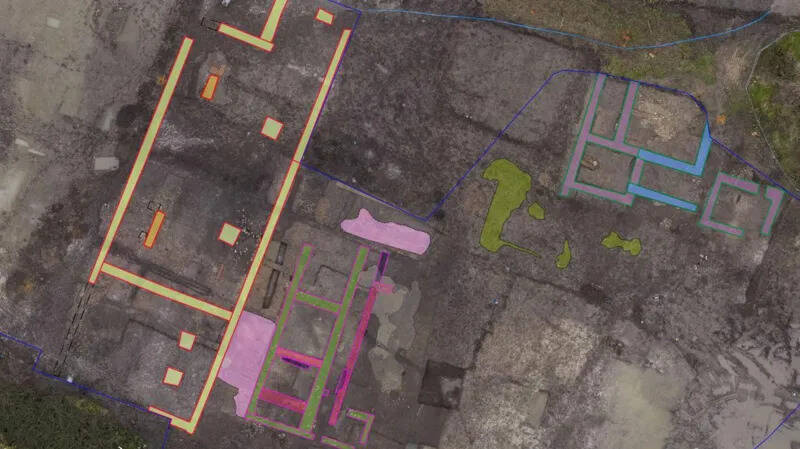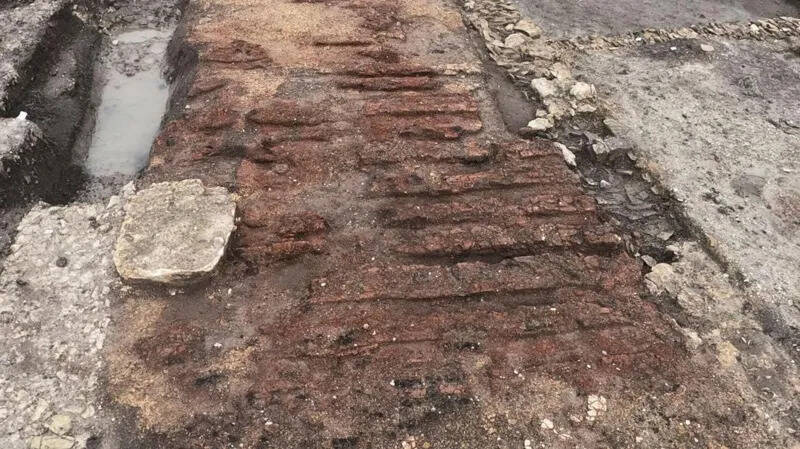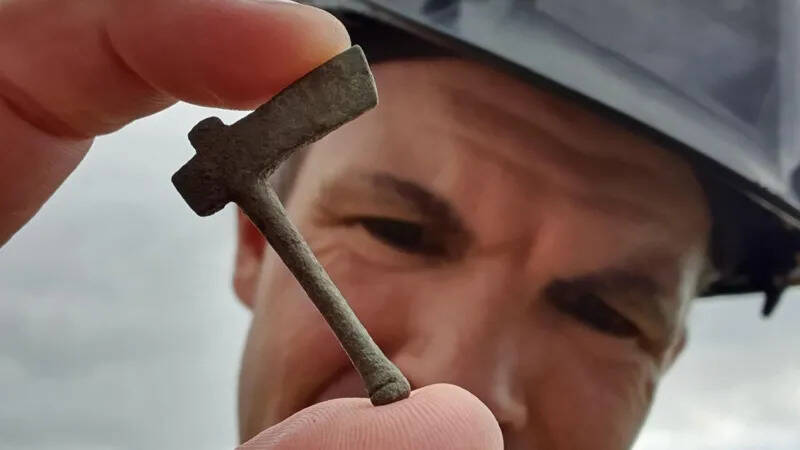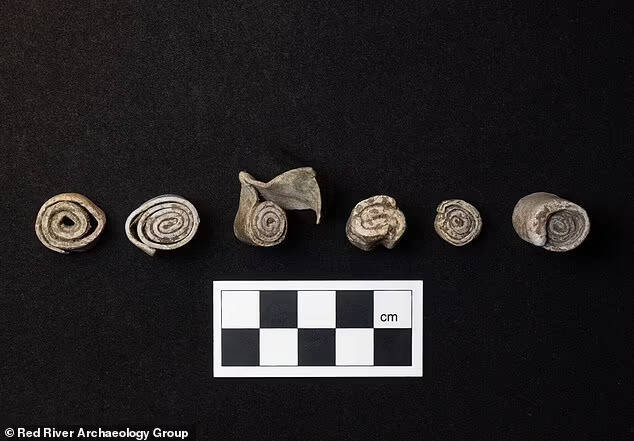The Roman villa in Oxfordshire, England likely served both a cultural and spiritual role in the area between the 1st and 5th centuries given the sheer amount of artifacts found there.

Red River Archaeology GroupAn aerial view of the Roman villa in Oxfordshire, England.
While excavating the site of a future home development in Oxfordshire, England, archaeologists uncovered the ruins of an impressive Roman villa complex.
The villa featured two massive structures, ornate designs, and examples of Roman architectural ingenuity. Most interesting, however, are the hundreds of artifacts found at the site, shedding light on daily life in Roman Britain between the first and fifth centuries C.E.
Discovering The Villa And Its Importance
Researchers from the Red River Archaeology Group discovered the remains of the Roman villa during planned excavations ahead of a new housing project in Oxfordshire.
Described as a “winged corridor villa,” the building comprises a central corridor lined with a number of side rooms. Researchers believe it would have functioned as a home for an elite family.
While excavating the site, archaeologists uncovered hypocaust box-flue tiles, which were ingeniously designed to circulate hot air through walls and under floors. They also found remnants of ornate painted plaster and mosaics that once lined the villa’s walls, as well as the original “complex” floor brickwork.
Adjacent to the villa was another “aisled building,” or a long, hall-like structure lined with two aisles, similar to a church.

Red River Archaeology GroupRemnants of the original brickwork.
The villa complex sat in an area inhabited since the Bronze Age — a historic period spanning from 3300 B.C.E to 1200 B.C.E.
Romans settled in England from 43 C.E. to the fourth or fifth century C.E., bringing their culture with them. The villa is a prime example of Roman architecture in England, and archaeologists believe it may have been the defining structure in the area.
“The sheer size of the buildings that still survive and the richness of goods recovered suggest this was a dominant feature in the locality, if not the wider landscape,” Louis Stafford, Red River Archaeology senior project manager, told the BBC.
The site is “far more complex than a regular rural site and clearly was an important centre of activities for a long time,” added Francesca Giarelli, another member of the Red River Archaeology Group.
A Trove Of Ancient Treasures

Red River Archaeology GroupAn archaeologist holds one of the several mini axes found in the villa.
Within the villa, archaeologists also uncovered a treasure trove of artifacts. Hundreds of rings, brooches, coins, and other trinkets dating back to the 4th and 5th centuries lay buried within the rubble for centuries.
One particularly interesting artifact was a horse-headed buckle. Researchers believe the buckle once belonged to a member of the Roman army or someone who wanted to be associated with the army.
Fragments of dishes suspected to be “terra sigillata,” a form of fine tableware in Roman Britain, littered the site, alongside several mini battle axes. Researchers believe Romans offered up the axes as gifts for their gods.
Perhaps the most interesting discovery was the tightly rolled scrolls resembling Roman “curse tablets,” a type of vengeful message to the Roman gods asking for favors.

Red River Archaeology GroupThese rolled scrolls were likely used to create “curse tablets.”
The axes and scrolls offer compelling evidence that some area of the site served a ritualistic purpose and may have even been a pilgrimage destination.
Presently, the housing development company Barratt and David Wilson Homes is cooperating with the archaeology company while they carry out excavations. The company plans to use the site for future home development once the project is complete.
After reading about the Roman villa, dive into the practice of decimation, a brutal Roman military punishment. Then, read about Baiae, the now sunken party town that was once the Las Vegas of Rome.





